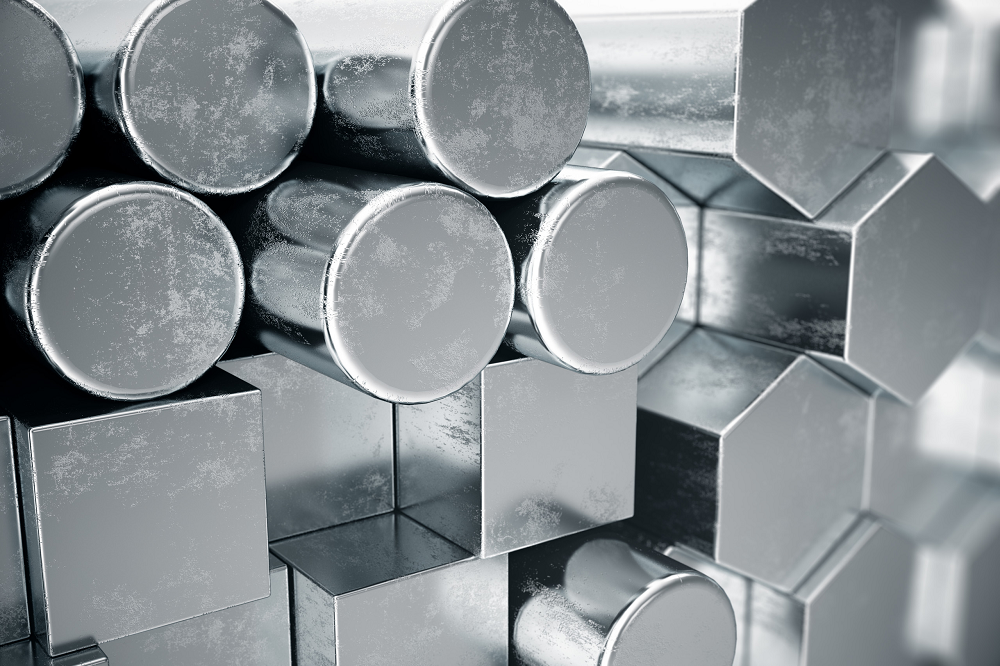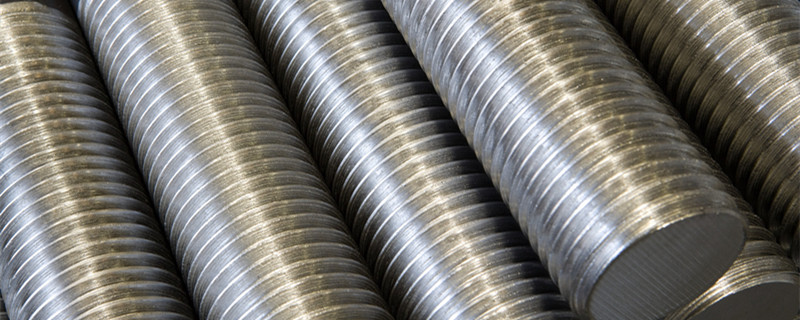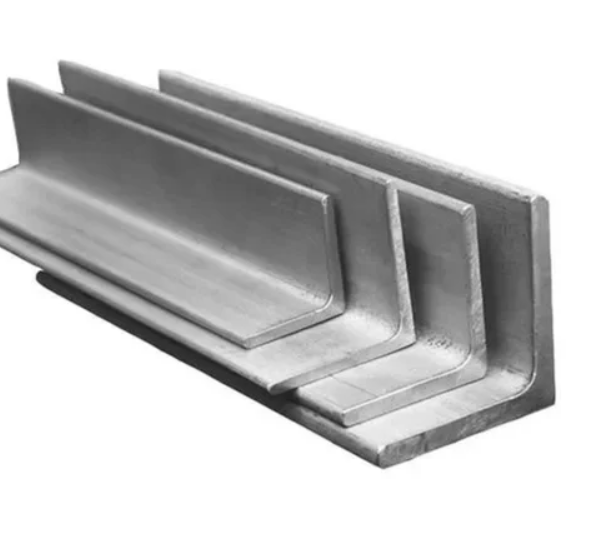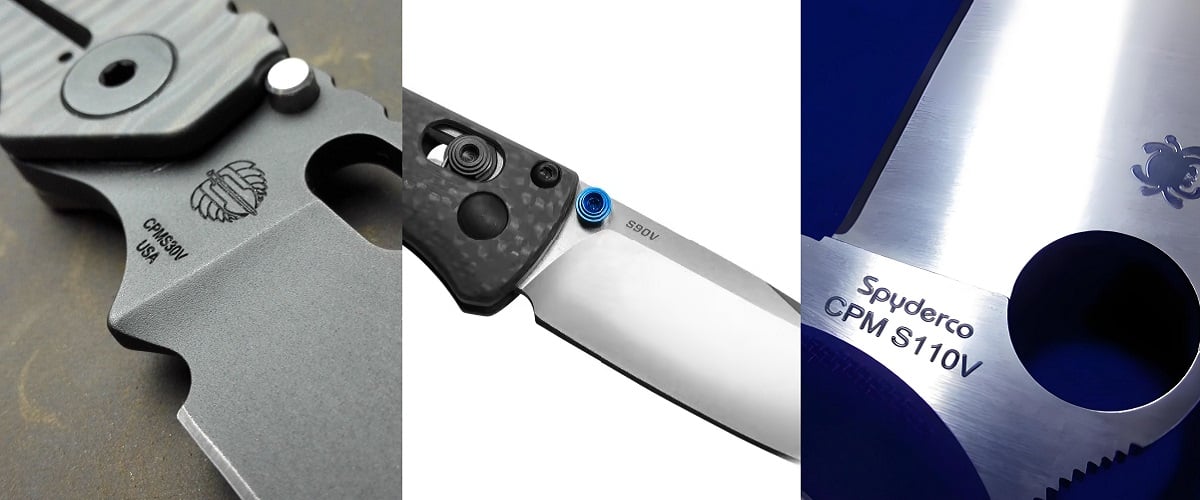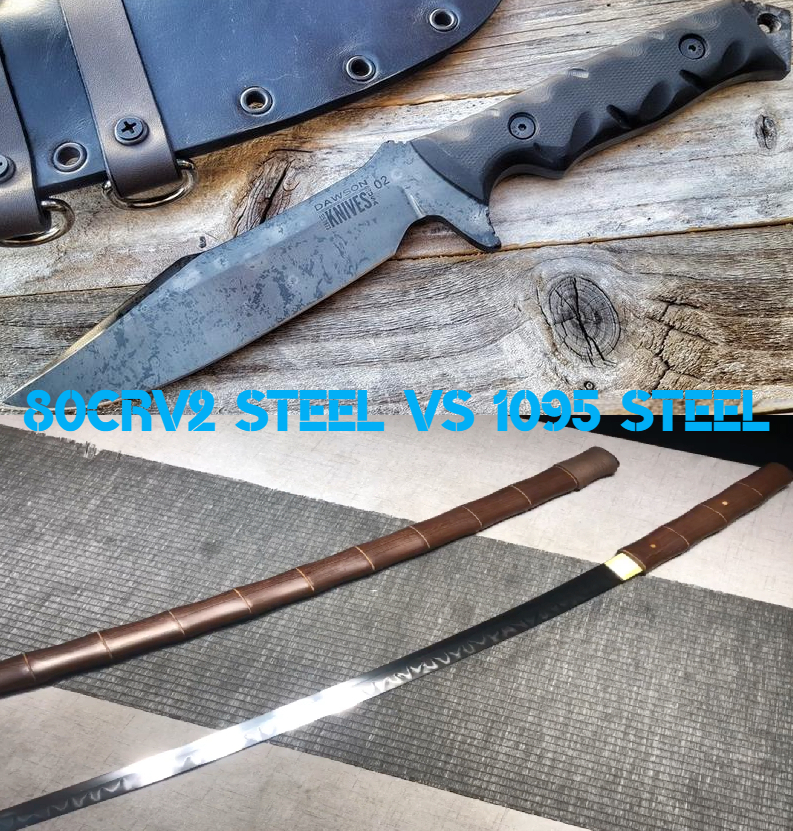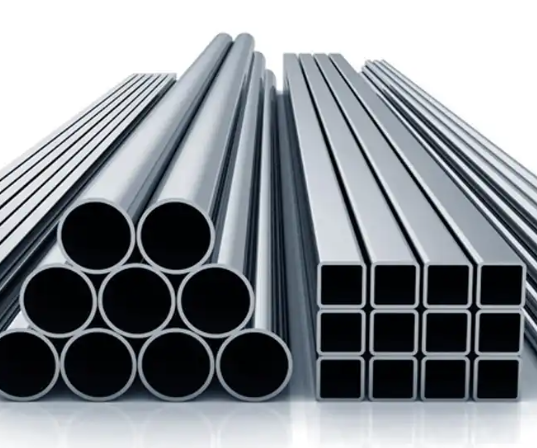Q235 steel is an important metal material used in the building and construction industry. In this article, we’ll get into an overview of Q235 material, dive into its chemical composition, properties, equivalent materials, grades (Q235A, Q235B, Q235C, and Q235D), characteristics, applications, and differences between A36 and SS400.
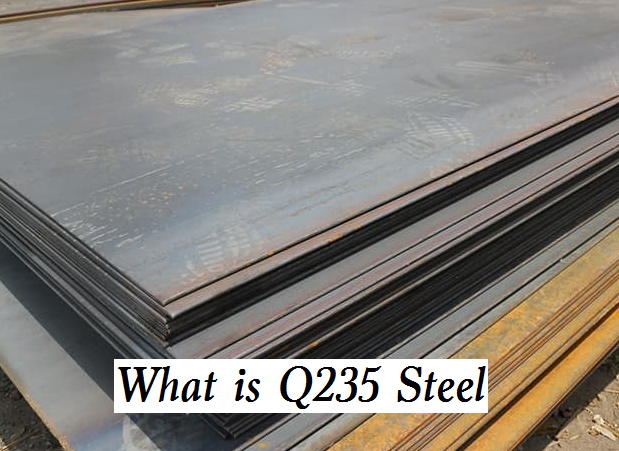
What Is Q235 Steel?
The Q235 is a steel grade designation used in China. The “Q” stands for the Chinese word “屈” (pronounced “qu”), which means yield strength. So, Q235 refers to the yield strength of the steel — how much stress the steel can withstand before it starts to deform permanently. The number 235 means that the steel has a yield strength of about 235 megapascals (MPa). Q235 steel was previously known as A3. Starting with GB 700-88, the A3 is classified as Q235, equivalent to Q235A.
Q235 Equivalent Materials (ASTM, ISO, JIS, DIN, and More)
| China | US | European Union | Britain (UK) | Japan | ISO | India | |||||||
| Standard | Grade | Standard | Grade | Standard | Grade (Steel Number) | Standard | Grade (Steel Number) | Standard | Grade | Standard | Grade | Standard | Grade |
| GB/T 700 | Q235A | ASTM A36/A36M; ASTM A283/A283M |
A36 Steel; Grade D |
BS 970 Prat 1 | 080A15 | JIS G3101; JIS G3106 |
SS400; SM400A | ||||||
| GB/T 700 | Q235B | ASTM A36; ASTM A283/A283M |
A36; Grade D |
DIN EN 10025-2 | S235JR (1.0038) | BS EN 10025-2 | S235JR (1.0038) | JIS G3101; JIS G3106 |
SS400; SM400A | IS 2062 | E250 | ||
| GB/T 700 | Q235C | ASTM A36; ASTM A283/A283M; ASTM A573/A573M |
A36; Grade D; Grade 58 |
DIN EN 10025-2 | S235J0 (1.0114) | BS EN 10025-2 | S235J0 (1.0114) | JIS G3106 | SM400A, SM400B |
ISO 630-2 | S235B | ||
| GB/T 700 | Q235D | ASTM A36; ASTM A283M |
A36; Grade D |
DIN EN 10025-2 | S235J0 (1.0114); S235J2 (1.0117) | BS EN 10025-2 | S235J0 (1.0114); S235J2 (1.0117) | JIS G3106 | SM400A | ISO 630-2 | S235B, S235C | ||
Q235 Steel Chemical Composition
Here is a chemical composition chart of Q235A, Q235B, Q235C, and Q235D based on the GB/T 700 standard.
| Grade | C (Carbon, %) | Mn (Manganese, %) | Si (Silicon, %) | S (Sulfur, %) | P (Phosphorus, %) |
|---|---|---|---|---|---|
| Q235A | ≤ 0.22 | ≤ 1.40 | ≤ 0.35 | ≤ 0.050 | ≤ 0.045 |
| Q235B | ≤ 0.20 | ≤ 1.40 | ≤ 0.35 | ≤ 0.045 | ≤ 0.045 |
| Q235C | ≤ 0.17 | ≤ 1.40 | ≤ 0.35 | ≤ 0.040 | ≤ 0.040 |
| Q235D | ≤ 0.17 | ≤ 1.40 | ≤ 0.35 | ≤ 0.035 | ≤ 0.035 |
Properties of Q235 Steel Material
| Property Category | Property | Value | Units |
|---|---|---|---|
| Physical Properties | Density | 7.85 | g/cm³ |
| Melting Point | 1420 – 1460 | °C | |
| Thermal Conductivity | 51.9 | W/(m·K) | |
| Coefficient of Linear Expansion | 11.7 | µm/m·K (at 20°C) | |
| Mechanical Properties | Yield Strength | ≥ 235 | MPa (for thickness ≤ 16 mm) |
| Tensile Strength | 370 – 500 | MPa | |
| Elongation at Break | ≥ 26 | % (for thickness ≤ 40 mm) | |
| Impact Toughness | ≥ 27 | Joules (J) | |
| Hardness | ≤ 201 | HB (Brinell Hardness, cone tester) |
Characteristics of Q235 Steel
Understanding more about the material characteristics will help you better use it.
- Q235 is a carbon structural steel. Carbon steel is an alloy mainly composed of iron and carbon, but the carbon content is less than 2%. Generally, it also contains a small amount of silicon, manganese, sulfur, phosphorus, and other elements.
- Q235 is a medium- to low-strength steel. Compared to other carbon steels, Q235 is not strong. Its yield strength is 235 MPa, which is relatively low. Steels with higher strength, such as Q345, are medium-strength steel, while those with higher strength, such as Q420D, are high-strength steel. There are also special ultra-high-strength steels, such as GC-4 steel.
- Q235 is a type of steel with good toughness. Good toughness of steel is a very important advantage, because in engineering, if the toughness is low, then brittle fracture may occur, and brittle fracture occurs very quickly, causing great damage.
- Q235 is easy to weld. Because the general welding process is carried out at room temperature, the cooling rate of weld metal droplets is very fast. In addition, the fusion of raw materials and welding materials leads to a very intense solidification process. We can regard the weld as a defective solidification. The advantage of Q235 steel is that it contains fewer harmful elements, such as S and P, and it is not easy to produce segregation that can seriously affect the weld quality. At the same time, its carbon content is not high, and it is not easy to cause hot cracks in the weld due to the enrichment of carbon in the weld.
- Q235 only has a moderate corrosion resistance and is prone to rust in chloride environments, but not in reinforced concrete. Q235 steel contains carbon, phosphorus, manganese, silicon, and other components and impurities, and forms ferrite, pearlite, austenite, and other different solid solution forms at the same time. When there are conductive substances, such as a water film, on the steel surface, different components in the steel show different potentials, which can easily lead to an electrochemical reaction.
Q235A vs Q235B vs Q235C vs Q235D
In the GB/T 700-2006 standard, the carbon structural steel Q235 is divided into four grades: A, B, C, and D, according to the metallurgical quality. The chemical composition of Q235A, Q235B, Q235C, and Q235D is different. The sulfur content of A, B, C, and D decreases successively; the phosphorus content of A and B is the same, followed by that of C, and the phosphorus content of D is the least. Different grades of Q235 also represent different impact temperatures. A means no impact, B is above 20 degrees, C is above 0 degrees, and D is above – 20 degrees.
- Q235A: This is the basic or standard quality grade. It allows a slightly higher content of carbon, sulfur, and phosphorus compared to the others, which affects its strength and weldability.
- Q235B: This grade has a lower carbon content than A, making it a bit stronger and better for welding. It also has stricter limits on sulfur and phosphorus, which improves the steel’s toughness.
- Q235C: This grade further reduces the carbon, sulfur, and phosphorus content. It has better quality control, resulting in better mechanical properties, such as improved toughness and weldability.
- Q235D: This is the highest quality among the four grades, with the lowest levels of impurities like sulfur and phosphorus. This grade offers the best performance in terms of strength, toughness, and weldability.
In addition to the yield strength and quality grade, sometimes Q235 material has extra letters that provide more information about how the steel was processed. For example, in the term Q235AF, F stands for Rimmed Steel. This means the steel was made with a partial deoxidation method, which affects its carbon content and quality. In Q235AZ, Z stands for Killed Steel. This means the steel was fully deoxidized during production, making it more uniform and free from gas bubbles, resulting in better strength and toughness.
Uses and Applications of Q235 Steel
Q235 steel is predominantly used in applications where high strength is not the primary requirement but where good formability, cost-effectiveness, and ease of fabrication are important.
1. Construction Formwork and Temporary Structures
Q235 steel is commonly employed in the formwork systems of reinforced concrete construction. According to JGJ 162-2008, Q235 hot-rolled steel plates with thicknesses ranging from 2.5 to 3 mm are typically used for combined formwork panels, while thicker plates (5 to 6 mm) are preferred for large steel formworks. The steel’s good weldability and moderate strength make it suitable for these applications, providing sufficient rigidity and durability while keeping costs low.
Additionally, Q235 steel is extensively used in temporary steel structures such as scaffolding and support frameworks. Steel pipes with diameters of 48 mm and 42 mm, commonly made from Q235, are widely used to manufacture scaffold tubes, gate-shaped supports, and square tower supports. These structures are considered secondary or temporary, so the lower yield strength of Q235 is acceptable and compliant with GB/T 13793 and GB/T 3091 standards.
2. Structural and Non-Critical Steel Components
Q235 steel serves as a general-purpose structural steel for non-critical applications where ultra-high strength is not mandatory. It is used in the fabrication of lightweight steel frameworks, factory buildings, and other secondary structural elements. Its good machinability and weldability make it easy to process for these uses.
3. Manufacturing of Mechanical and Agricultural Parts
In manufacturing, Q235 steel is often selected for producing mechanical parts such as bolts, nuts, shafts, and agricultural machinery components. These parts typically do not bear very high stress but require good ductility and ease of fabrication. For example, tractor frames, plow components, and other agricultural tool connectors are often made from Q235 steel.
4. Automotive and Transportation Applications
Q235 steel is also used in the automotive industry for fabricating vehicle frames, brackets, and substructures in cases where extreme strength is not essential. It can be found in the manufacturing of train carriage frames and other transportation-related structural components that require a balance of formability and strength.
5. Pressure Vessels and Pipelines (Low Pressure)
Due to its weldability and toughness, Q235 steel is used in the manufacture of low-pressure storage tanks and pipelines intended for non-aggressive media such as water and steam. These applications take advantage of Q235’s good processing characteristics while operating under relatively mild conditions.
6. Furniture and Everyday Metal Products
Q235 steel is commonly used in the production of metal furniture, kitchen utensils, and other daily necessities. Its low cost and ease of shaping make it a practical choice for manufacturing chairs, tables, shelves, pot racks, and knife holders.
7. Marine and Shipbuilding Applications
While Q235 steel is not suitable for primary load-bearing hull structures, it is used for manufacturing secondary or non-critical components in shipbuilding and marine platforms. Its corrosion resistance is limited, so it is typically applied in protected or non-exposed areas.
If you are looking for a steel machining company for Q235 or other grades, please send your CAD drawings to CNCLATHING.
Q235 vs A36 vs SS400
Q235, A36, and SS400 are common carbon structural steels across different regions, with slight variations in chemical makeup and mechanical properties to suit local manufacturing and design needs. What are the differences between them?
1. Standards:
- A36 follows American ASTM/ASME standards.
- Q235 follows the Chinese GB/T 700 standards.
- SS400 follows Japanese JIS G3101 standards.
2. Mechanical Properties:
- A36: Yield strength ~250 MPa; tensile strength 400-550 MPa.
- Q235: Yield strength ≥235 MPa; tensile strength 375-500 MPa.
- SS400: Yield strength ~245 MPa; tensile strength 400-510 MPa.
3. Chemical Composition:
- A36 allows higher carbon (up to 0.25%) and silicon (up to 0.4%). No manganese requirement.
- Q235 requires 0.12-0.2% carbon, ≤0.35% silicon, manganese (0.3-0.7%), sulfur, and phosphorus closely.
- SS400 mainly restricts sulfur and phosphorus (≤0.05%) but has fewer element limits overall.


